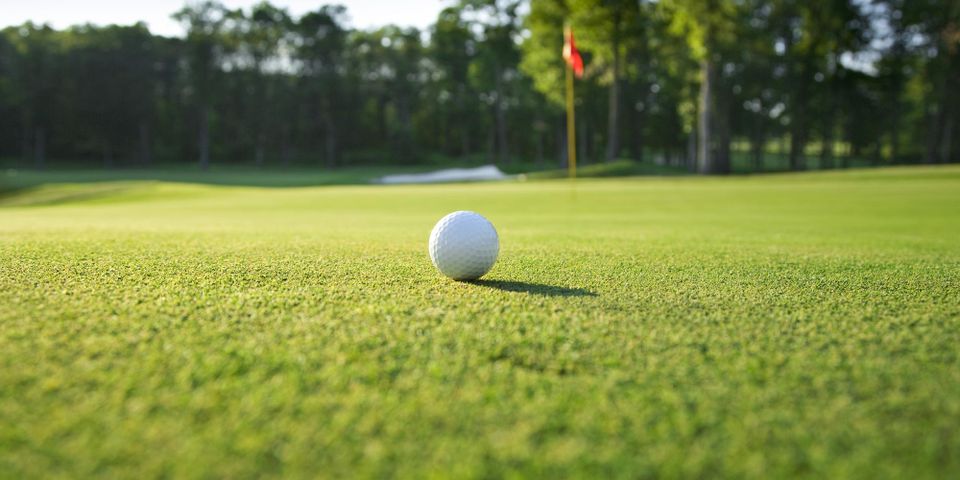
As often as they practice their swings and strokes, golfers also need to have a keen understanding of the surfaces they’re playing on. One of the most important to master is the green—the closely trimmed grass near the hole. Here’s what you should know about one of golf’s trickier zones.
How to Read the Golf Course Green
Gauge the Slope
From the point you hit your golf ball onto the green, you should already be assessing its slope. While you typically might be focusing on the hole as you walk over, try to feel out any change in grade with your feet. It’s also a good idea to walk around and understand where the green ascends, descends, or plateaus. Once you have a sense of the grade, you’ll know whether to add or remove pace from your usual stroke.
Investigate the Grain
 The other main variable to consider is what’s called the grain. It refers to which way the grass on the green is growing. You might be able to tell by looking anywhere in the area, but if you’re having trouble, look at the edges, where the trimming isn’t always as neat. If the grass is growing toward you, it will offer slight resistance, but if it’s growing away, it will make the ball go faster.
The other main variable to consider is what’s called the grain. It refers to which way the grass on the green is growing. You might be able to tell by looking anywhere in the area, but if you’re having trouble, look at the edges, where the trimming isn’t always as neat. If the grass is growing toward you, it will offer slight resistance, but if it’s growing away, it will make the ball go faster.
Practice Your Stroke
Once you have the basic principles down, you’ll still need to get a feel for how to make adjustments when golfing. The best way to do that is by practicing. Go to a practice green, assess the slope and the grain and take your shot. Notice how the ball moves and make your adjustment. With more repetitions, you’ll soon become skilled at understanding how to direct the ball where you want it to go.
When players are looking to work on their golf game near Onalaska, WI, they love playing at Coulee Golf Bowl. Originally designed in 1962, the course is known for its smooth play and scenic environment. To book a tee time, call (608) 781-1111, or visit their website for a video tour of their golf course.
About the Business
Have a question? Ask the experts!
Send your question

